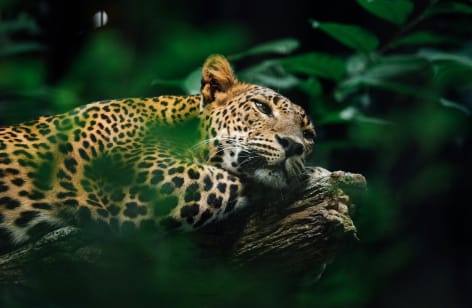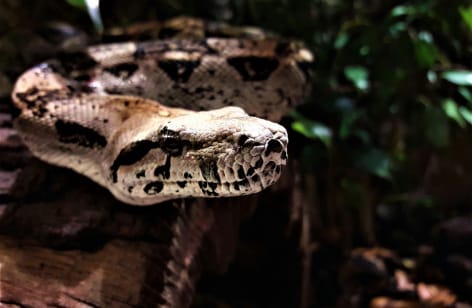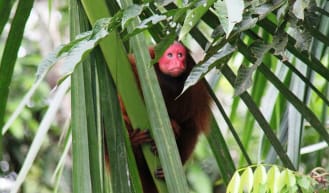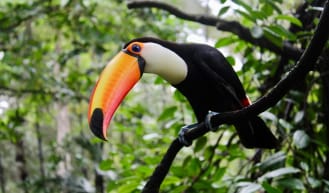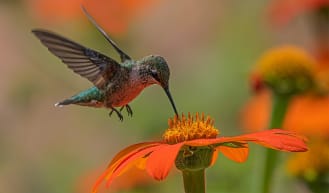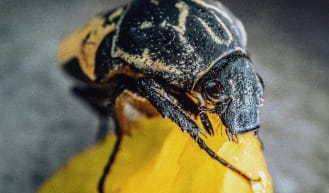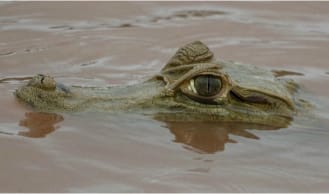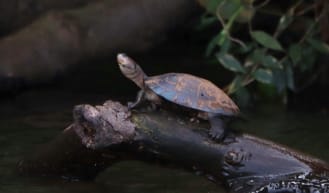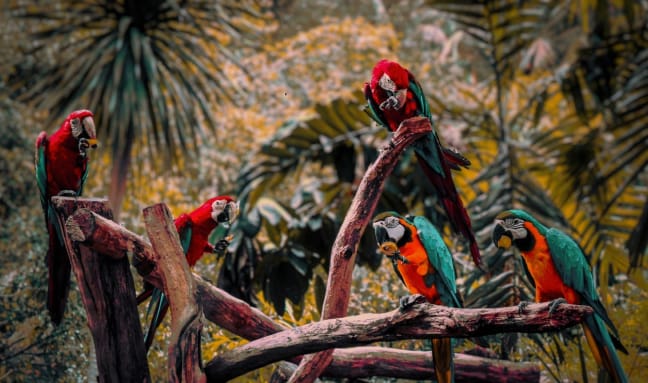
The Amazon Rainforest is home to an extraordinary range of wildlife, plants, and ecosystems.
WILDLIFE PROFILES
PLANT LIFE
The Amazon rainforest hosts a wide range of ecosystems, including rainforests, flooded forests, and savannas, each with unique plant species.
Follow these tips of wild watching during the tour to minimize our environmental footprint
CHOOSE THE PERFECT SEASON FOR YOUR voyage
Sign Up

